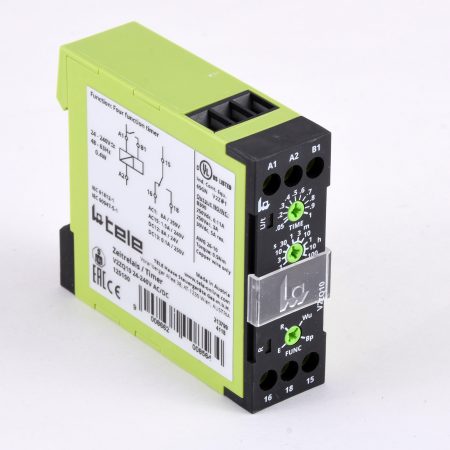There can be no doubt about it – radiant tube is the acknowledged leader when it comes to heating large multi-use sports hall. Whichever way you look at it – comfort levels, economy, ease of maintenance, safety – overhead radiant systems are so far ahead of the competition that they can’t see it for dust.
Why, then, does anyone consider specifying underfloor heating for sports halls? The choice is wrong in every aspect.
Underfloor is a great heating system in a huge variety of applications. Homes, offices and smaller shops are all ideal settings for the neat, discreet underfloor tubes that keep the floor surface and air above it warm.
But sports halls have very different requirements from domestic and retail settings, and these are at odds with the benefits of underfloor heating.
Take the average sports hall – one attached to a school, for example. It will be around 690m2 in floor area with a roof height of 8 metres, up to 10m to the apex. The volume of air in the building is therefore approximately 6,210m3.
The primary requirement is to ensure that active sports participants and spectators are comfortably warm at all times. Players will usually be in the central courts area; spectators seated on tiered benches, which may be raised above floor level.
An underfloor heating system delivers all its heat up from the floor, directly under the feet of active players, and can thus produce “stuffy” conditions at low level, which are not conducive to playing sport. Spectators at higher levels will only feel residual benefits as the warmed air rises. The balance is inappropriate – spectators need more warmth than players – but underfloor heating does not compensate for different activity rates.
Radiant tube heating, by contrast, keeps everyone warm to the level of their need. Suspended from the roof at high level, the radiant tubes emit infra-red rays that warm people and objects in their path. The air remains relatively cool and conducive for active sports - at low level it does absorb some of the heat given off the people and the building fabric, but it is not heated directly. Building occupants feel comfortably warm at all times. And should people feel too warm, the close control possible with radiant means it can be turned down or off and temperatures reduce immediately.
Economy
As it doesn’t heat the volume of air in the building, a radiant system operates very economically. Energy consumption levels can be reduced still further by zone control. This allows areas of the building that are not being used to remain unheated, without compromising comfort temperatures in areas that are in use.
Underfloor systems consist of continuous tubes sealed under the floor. Zone control is not an option and the whole building must be heated, regardless of occupancy.
Flexibility is key to economic sports hall heating. Extended warm-up periods are wasteful of fuel. With radiant heating, building occupants feel warm within just a few minutes of the system being operational. Underfloor heating takes a long time to warm up the building, and even once warmed up it takes an equally long time to cool down. This lack of responsiveness may even require 24-hour operation to maintain comfort temperatures while the building is in use – a significant draw-back if the building has extended periods of non-use, such as outside school hours.
Furthermore, a radiant system burns fuel efficiently at the point of use whereas an underfloor system requires a separate boiler plant. A boiler can be inefficient in itself – particularly if it is running constantly – and heat may be lost transferring energy between the plant and the underfloor tubes.
Cracking up
What about the effects on the building fabric of the two systems? Radiant tube heaters are positioned overhead, some metres away from the people and objects they heat, with no risk of overheating or damage to building or equipment. Roof or wall flues are kept to a minimum, with the average sports hall of 690 metres squared requiring only one flue.
By contrast, underfloor heating acts directly on the surface of the floor. To achieve temperatures for sports activity, exam and sedentary functions the floor will often have to be heated to 27°C. Over time, this may have a detrimental effect of the floor covering. It has been known that floors fail within three years. Replacement is an expensive option.
This is what happened at Ysgol Dyffryn, a secondary school in North Wales. The 640m2 sports hall was equipped with underfloor heating as part of a major refurbishment and new build project throughout the school. The floor began to crack and the underfloor heating system had to be changed for safety reasons. A Nor-Ray-Vac radiant tube heating system with a two-stage temperature control was installed to provide a background warmth of 16°C for sports activity, rising to 20° for exams and other sedentary functions.
Continuous gas fired radiant tube heating is among the systems recommended by Sport England for use in the Optimum and also the Affordable Sports Hall, off-the-shelf sports hall designs that are configured to enable multi-use with minimized running and maintenance costs.
If all these benefits weren’t argument enough for the case for radiant heating in sports halls, cost is the final nail in the coffin. Capital outlay for installing a radiant system is around half that of underfloor heating.




















